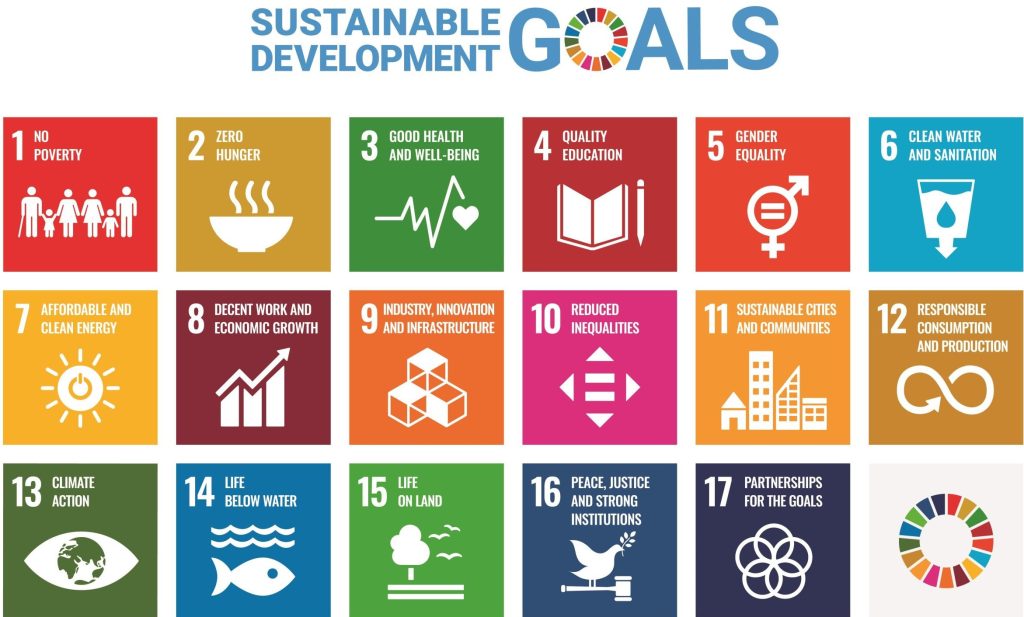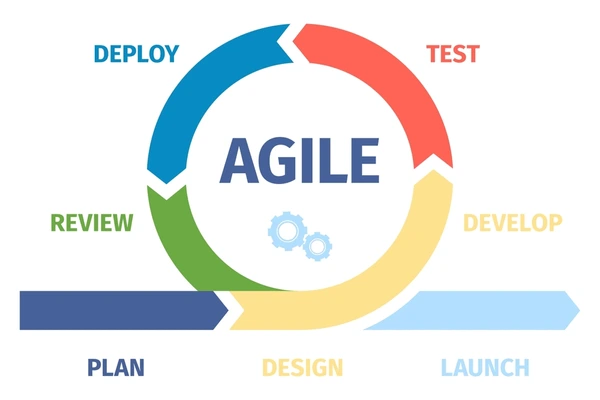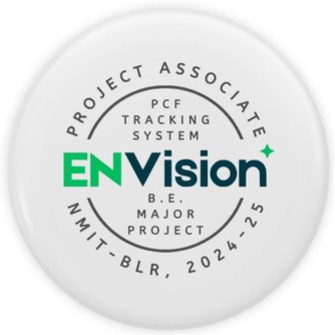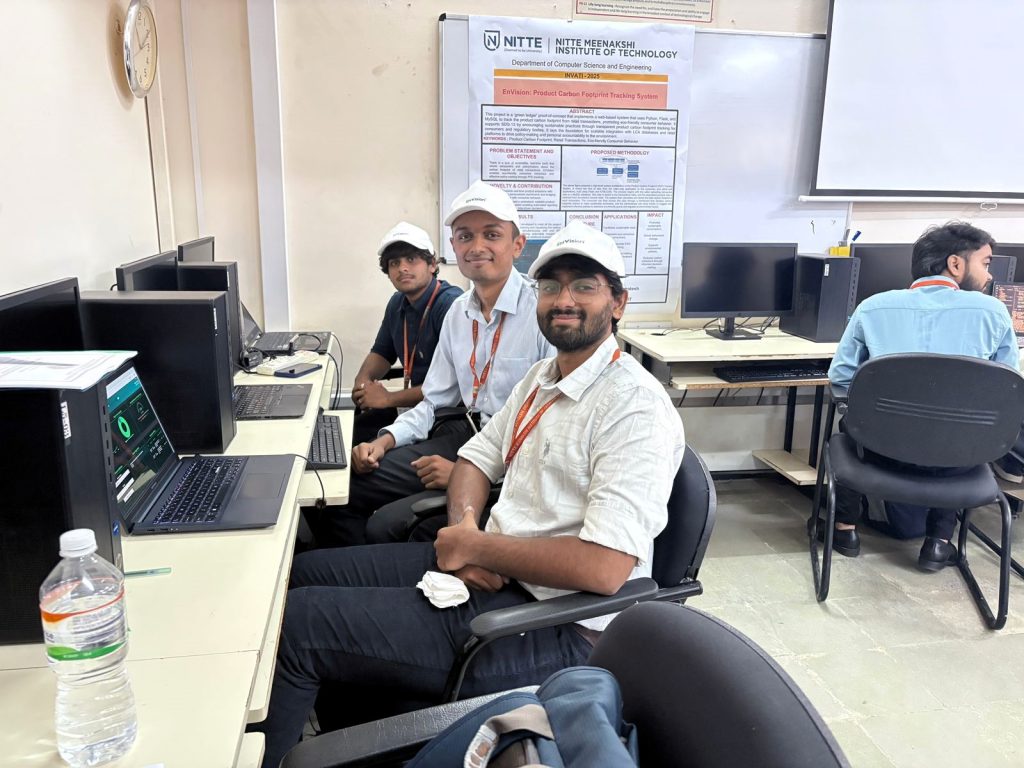As part of my final year in Computer Science Engineering at NMIT, I had the opportunity to lead and contribute to a project that combined technology and sustainability—two areas I’m deeply passionate about. Our capstone project, titled ENVision: Product Carbon Footprint Tracking System, was not just an academic challenge—it was a meaningful step toward creating solutions for real-world environmental issues.
💡 Project Selection: Inspired by Sustainability
The idea for ENVision was seeded during a sustainability course I had completed recently. It opened my eyes to the environmental impact of everyday consumer choices. [Read my blog post on the Sustainability course].
I wanted our capstone to address a critical question: How can we help people become more conscious of their carbon footprint? This led to the conception of a system that connects consumer purchase records with product-level emissions data, empowering users with transparent insights into the environmental cost of their consumption.
🧭 Planning and Methodology

We began with thorough background research, aligning our objectives with the United Nations’ 2030 Agenda—specifically SDG-9 (Industry, Innovation and Infrastructure) and SDG-12 (Responsible Consumption and Production). [Here’s a link to the UNSDG website for reference.]

We adopted the Agile methodology to ensure an iterative development process, with regular check-ins and milestone reviews. This approach allowed us to stay flexible and continuously refine our goals based on feedback from our guide and professors.
🛠️ Execution and Technology Stack
Our system was designed with an emphasis on simplicity, accessibility, and actionable insights.
We used:
- 🐍 Python for backend logic and data processing
- 🗄️ MySQL to manage product and user databases
- 📊 MS Excel for prototyping emissions calculations
- 🖌️ Figma to wireframe the UI and ensure usability
- 📈 Tableau for data visualization
🧪 Reviews and Feedback
Regular milestone reviews with our faculty guide and external reviewers helped us stay on track. Their insights played a critical role in pushing us to think deeper about scalability, user privacy, and data reliability. These sessions became opportunities for refinement and deeper learning.
📚 Learnings
One of the key takeaways from this project was the power of interdisciplinary thinking—blending environmental knowledge with computing skills. It also taught us how crucial it is to design with the end-user in mind, especially when dealing with abstract concepts like carbon emissions.
👥 The Team
ENVision was brought to life by a close-knit team of three members who shared a common goal: to build something that makes a difference. Collaboration, curiosity, and a shared sense of purpose defined our journey from ideation to deployment.


To mark our shared identity and the spirit behind the project, we designed and wore custom caps and badges featuring the ENVision logo. It wasn’t just team branding—it was a symbol of our belief in the project and the impact we hoped it would create.
Screenshots:
✅ Final Thoughts
ENVision was more than a submission—it was a prototype for impact. By offering visibility into the hidden costs of our consumption, we hope this system can nudge people toward more responsible choices. I’m proud of what our team achieved, and even more excited about the potential this kind of tech holds for a sustainable future.
❓ Questions?
If you’re curious to learn more about ENVision—how it was built, the data models used, or the logic behind emissions calculations—I’d be happy to share more. Whether you’re a student working on a similar problem, a researcher interested in expanding its scope, or a developer looking to build on our codebase, feel free to reach out.
This project is a small but meaningful step toward enabling responsible consumption through data transparency, and I’m always open to collaborating with like-minded individuals who want to take it further.
📬 You can contact me via email or connect with me on LinkedIn.

